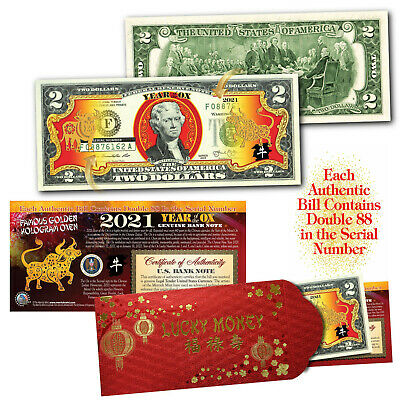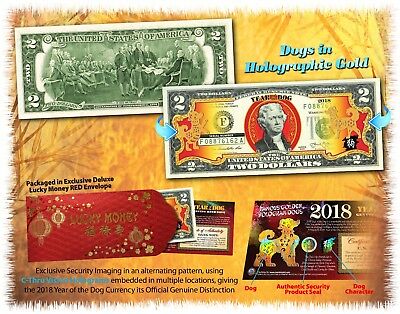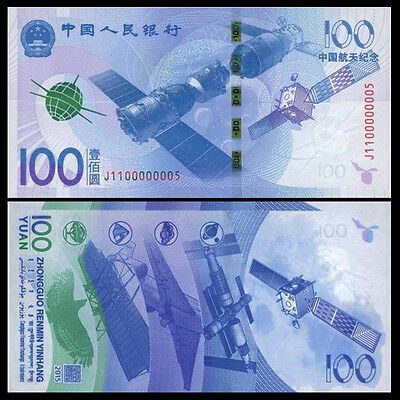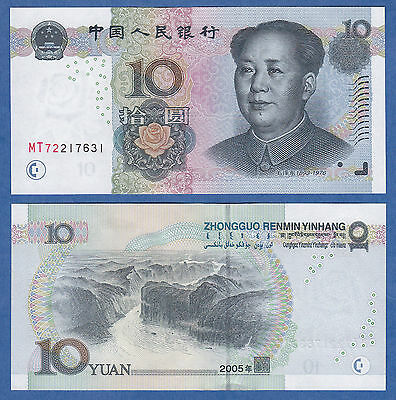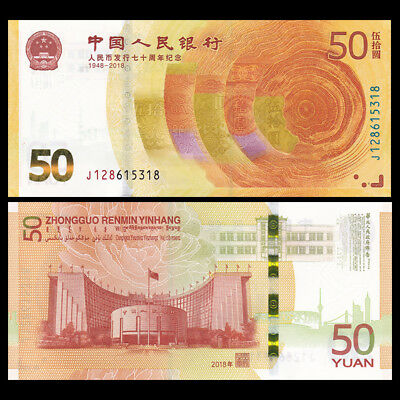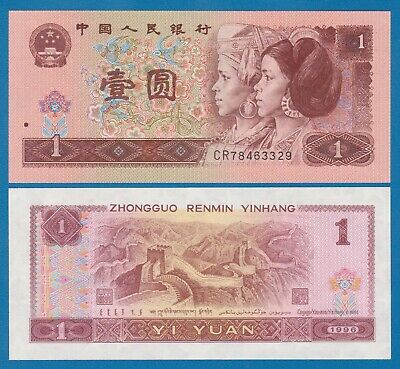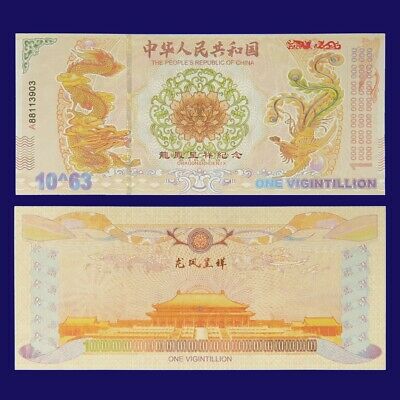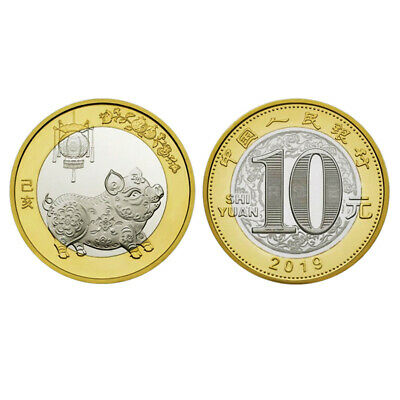-40%
Military 10 Yen Note JAPAN WWII Paper Money with Written Restriction RARE
$ 52.8
- Description
- Size Guide
Description
10 Yen Note JAPAN WWII Paper Money Military with writen restriction RAREThank You for Viewing our Item and God Bless.
10 Yen Note
JAPAN WWII
With Written Restriction
RARE
100% Authentic
In Good Condition
Scans are of the Actual Note
Japanese military yen
From Wikipedia, the free encyclopedia
Japanese military yen
日本軍用手票
(Chinese)
(Japanese)
100 Japanese military yen (1945)
Central bank
Ministry of War of Japan
User(s)
Areas occupied by Japan during World War II
Subunit
1/100
Sen
Symbol
¥
Coins
None
Banknotes
1 sen, 5 sen, 10 sen, 50 sen, ¥1, ¥5, ¥10, ¥100
This infobox shows the latest status before this currency was rendered obsolete.
Japanese military yen
(Chinese and Japanese: 日本軍用手票, also 日本軍票 in short), commonly abbreviated as
JMY
[
citation needed
]
, was the
currency
issued to the soldiers of the
Imperial Japanese Army
and the
Imperial Japanese Navy
as a salary
[
citation needed
]
. The
Imperial Japanese
government first started issuing the military yen during the
Russo-Japanese War
in 1904.
[
citation needed
]
The military yen reached its peak during the
Pacific War
period, when the Japanese government excessively
[
clarification needed
]
issued it to all of its occupied territories. In Hong Kong, the military yen was forced upon the local population as the sole official currency of the territory.
[1]
Since the military yen was not backed by
gold
, and did not have a specific place of issuance, the military yen could not be exchanged for the
Japanese yen
. Forcing local populations to use the military yen officially was one of the ways the Japanese government could dominate the local economies.
Contents
1
Currencies in territories occupied by Japan
2
Design features of the Japanese military yen
3
The military yen in Hong Kong
4
Nullification of the military yen and demands for redemption
5
See also
6
External links and references
7
References
Currencies in territories occupied by Japan
The territories controlled or occupied by Japan had many different currencies. Taiwan maintained its own banking system and bank notes after it came under Japanese rule in 1895. The same is true for Korea post 1910. Between 1931 and 1945, large parts of China and South East Asia were occupied by Japan. Several types of currencies were put into circulation there during the occupation. In China, several puppet governments were created (e.g. Manchukuo), each issuing their own currency. In South East Asia, the Japanese military arranged for bank notes to be issued, denominated in the various currencies (rupees, pesos etc.) that had been circulating there prior to the occupation. These latter are referred to as
Japanese invasion money
. In addition to these currencies, the Japanese military issued their own bank notes, denominated in yen - this is the Japanese military yen. The military yen became the official currency in some occupied areas, e.g. Hong Kong.
Design features of the Japanese military yen
10 Yen note of the 1938 series.
In the late 1930s there was an issue of military yen which was similar to the standard yen in terms of design, but with minor modifications. Generally, thick red lines were overprinted to cancel the name "
Bank of Japan
" (日本銀行) and any text promising to pay the bearer in gold or silver. Large red text instead indicated that the note was military currency ("軍用手票") so as not to be confused with regular Japanese yen.
Later series were less crude. In the early 1940s, the Japanese government issued military yen notes with a design prepared specifically for the military yen. These designs were not based on existing Japanese yen notes, but featured original designs such as peacocks and dragons. All later series featured the following text on the reverse of the note:
[
citation needed
]
此票一到即換正面所開日本通貨。如有偽造、變造、仿造、或知情行使者均應重罰不貸。
This text explains: "This note is exchangeable to Japanese currency upon presentation. Severe punishment will be applied to anyone who counterfeits notes or knowingly uses such notes."
Early issues did not have serial numbers, and were issued without regard for inflation. Later issues did initially feature serial numbers. Towards the end of the war, as more money was needed to pay military personnel, notes were issued without serial numbers once more.
The military yen in Hong Kong
After the
Hong Kong Government
surrendered to the Japanese Imperial Army on 25 December 1941, the Japanese authorities decreed the military yen to be the
legal tender
of Hong Kong the following day.
[2]
The Japanese occupation also outlawed any use of
Hong Kong dollar
and set a deadline for exchanging dollars into yen.
[
citation needed
]
When the military yen was first introduced on 26 December 1941, the exchange rate between the Hong Kong dollar and the military yen was 2 to 1. However, by October 1942, the rate was changed to 4 to 1.
After exchanging for Hong Kong dollars, the Japanese military purchased supplies and strategic goods in the neighboring neutral
Portuguese
colony of
Macao
.
[3]
As Japan became more desperate in the war effort in 1944, the Japanese military authorities in Hong Kong circulated more military yen, resulting in
hyperinflation
.
After Japan announced its unconditional surrender on 15 August 1945, military yen banknotes were seized by British military authorities. However, although there was about as much as 1.9 billion yen, the Japanese military administrations intentionally destroyed 700 million worth of it.
[
citation needed
]
Nullification of the military yen and demands for redemption
On 6 September 1945, the
Japanese Ministry of Finance
announced that all military yen became void. Overnight the military yen literally became useless pieces of paper.
On 13 August 1993, an organization in Hong Kong seeking a refund for military yen took legal action against Japan, suing the Japanese government for the money that was lost when the military yen was declared void. A Tokyo district court ruled against the
plaintiff
on 17 June 1999, stating that, although it acknowledged the suffering of the Hong Kong people, the
government of Japan
did not have specific laws concerning military yen compensation. Japan also used the
Treaty of San Francisco
, of which the
United Kingdom
was a signatory state, as one of the reasons to deny compensation.
See also
Japanese invasion money
- Various other currencies issued in territories occupied by Japan
Allied Military Currency
- Currency issued by the Allied powers during World War II
Military payment certificate
- Currency issued by the U.S. military from the end of World War II to the Vietnam War.
External links and references
"Narcotics trade boosted army scrip"
,
The Japan Times
, 2007-08-30. Retrieved on 16 October 2007.
"Court rejects H.K. residents' claims on military yen"
[4]
,
Asian Economic News
, 1999-6-17. Retrieved on 21 June 1999.
"Japan urged to cash military notes for H.K. holders"
[5]
,
Asian Economic News
, 1999-6-7. Retrieved on 14 June 1999.
Gallery of banknotes
.
Bank of Japan "World War II Military Currency"
.
Hong Kong Reparation Association
.
The Global History of Currencies (Japan)
.
References
Jump up
^
[1]
Retrieved from "
https://en.wikipedia.org/w/index.php?title=Japanese_military_yen&oldid=694588758
"
Categories
:
Japanese invasion money
Currencies of Hong Kong
Japanese yen
Japanese occupation of Hong Kong
Military history of Japan
Modern obsolete currencies
Certain images and/or photos used in this template are the copyrighted property of Macmillan digital publishing USA and are used with permission.
Pictures sell!
Auctiva Free Image Hosting.
Show off your items with
Auctiva's Listing Templates
Auctiva,
THE simple solution for eBay sellers.
On Jun-18-16 at 17:24:47 PDT, seller added the following information:
Track Page Views With
Auctiva's FREE Counter
ALL Items are Shipped the SAME DAY
when ordered and Paid by 4:00 pm Pacific Time
Unless It’s on the Weekend or Holiday
Shipped Via Priority Mail



